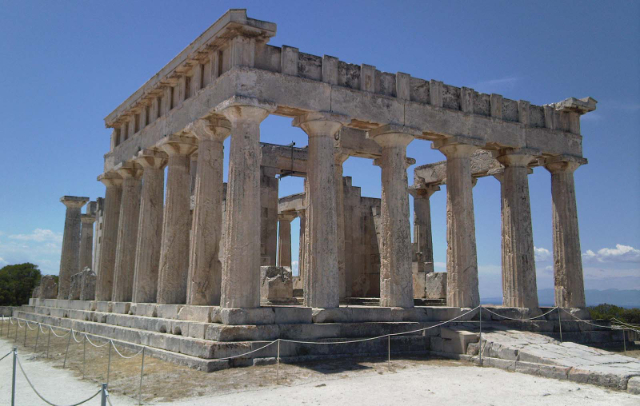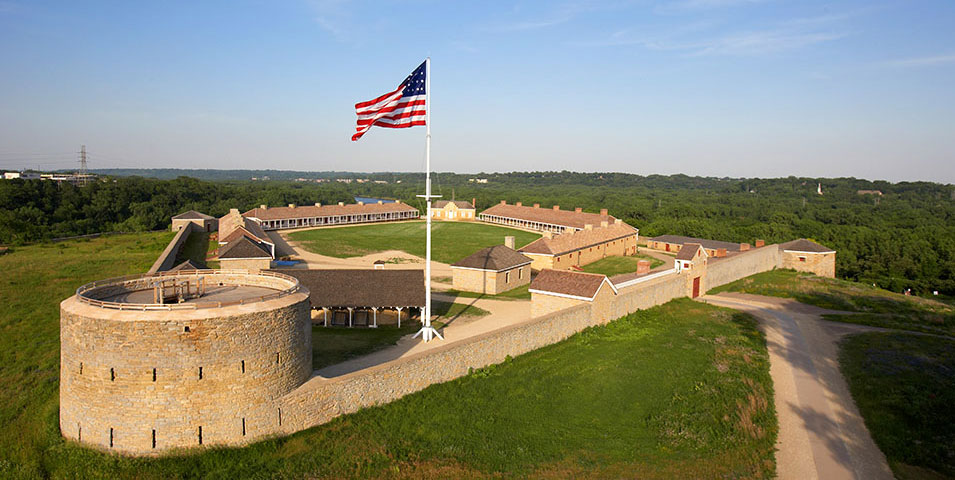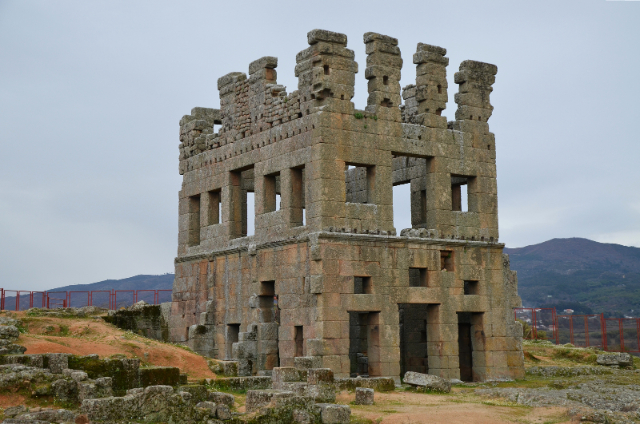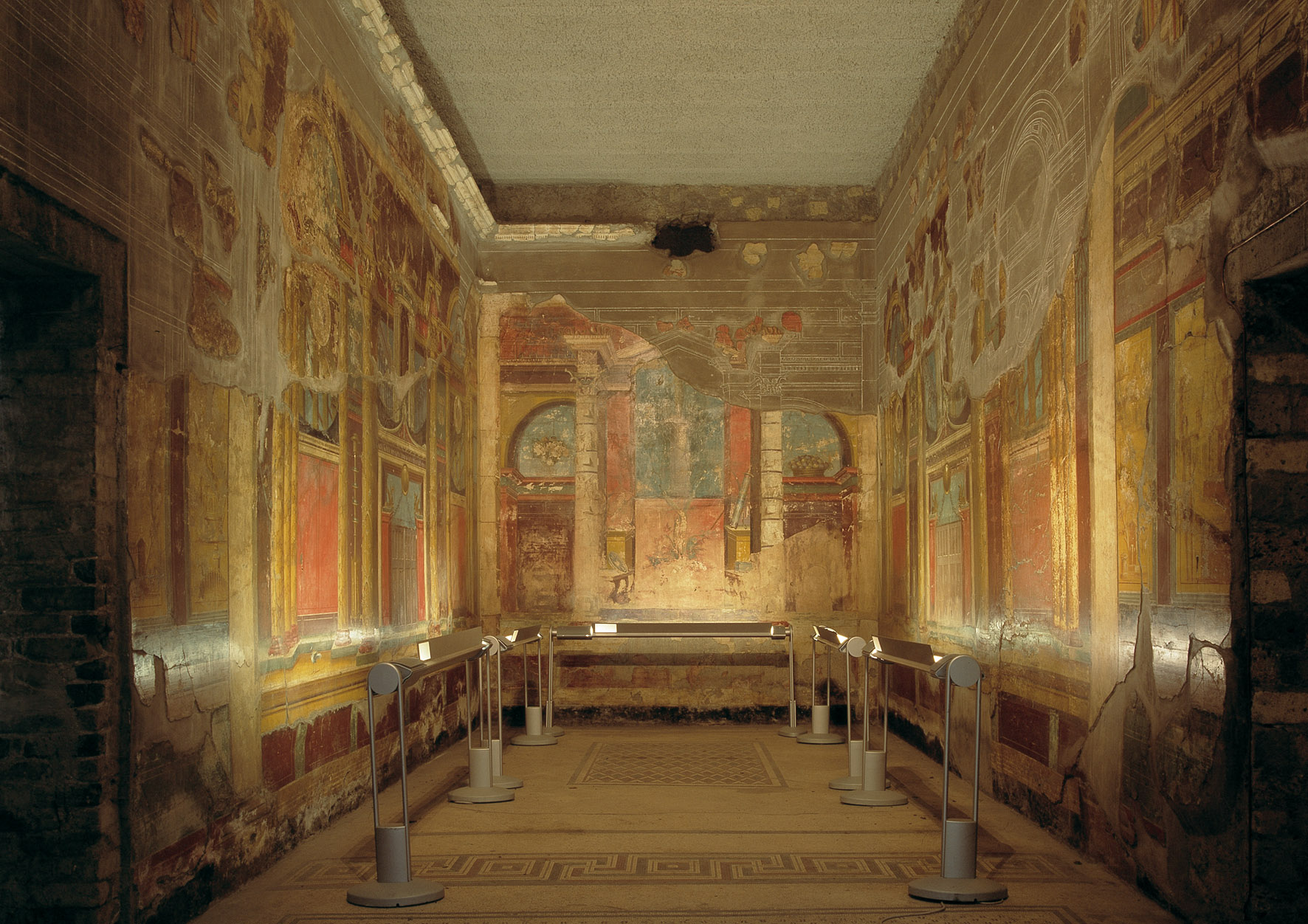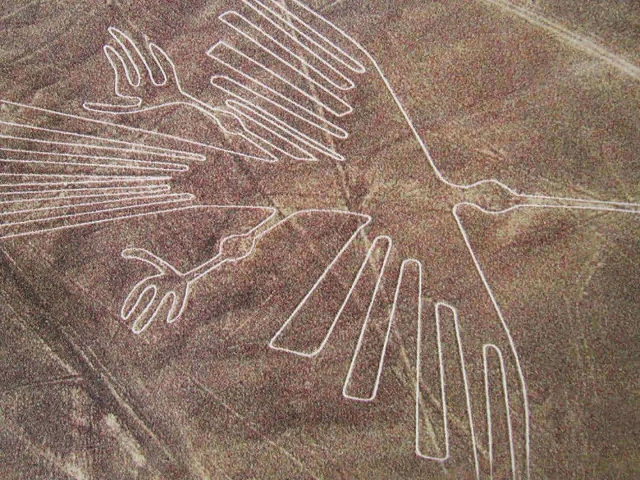The Temple of Athena Aphaia on the island of Aegina is a remarkable architectural and historical gem. It serves as a testament to the evolving styles of ancient Greek art, religious practices, and the maritime importance of Aegina. Here’s a comprehensive breakdown of what makes this temple so fascinating:
Architectural Splendor:
The temple boasts Doric columns, 25 of which still stand today, testifying to the craftsmanship of ancient builders and restorers.
Elements of Ionic architecture, notably the slender lines of the columns, offer a sense of lightness and height.
Historical Layers:
The temple was built on the remains of an older temple from around 570 BC, which itself had replaced a possibly even older, simpler structure.
Historical evidence suggests that the site had been a place of worship since at least the 14th century BC, linked initially to Minoan civilization.
Cultural and Religious Significance:
The temple was dedicated to Aphaia, a goddess associated with mountains, hunting, and maritime protection, which ties into Aegina’s role as an important shipping area.
The pediments of the temple depict scenes from the Trojan wars, positioning Aeginetan heroes at the forefront, and Athena Aphaia at the center.
Artistic Elements:
Painted fragments and sculptures from the site have been preserved, some of which are displayed at museums like the Glyptothek of Munich.
The temple originally had vibrant coloration, with elements painted in bright shades and potentially wooden plaques filling the metopes on the frieze.
Complex Layout:
The sanctuary consists of multiple buildings, with the temple being the centerpiece.
Features such as a cistern for collecting rainwater, an altar for offerings, and various foundations and columns for statues make it a complex and well-planned religious site.
Discoveries and Restoration:
Initial confusion about the temple’s deity was clarified through the discovery of an inscription.
Extensive restoration work has helped preserve this invaluable relic of ancient Greece.
The Temple of Athena Aphaia is much more than an ancient structure; it is a complex tapestry of Greece’s architectural, historical, and religious evolution. Whether you’re interested in architecture, ancient religions, or Greek history, this temple offers a rich field for exploration.
